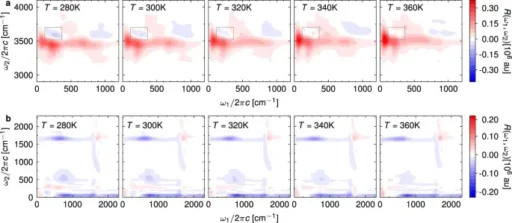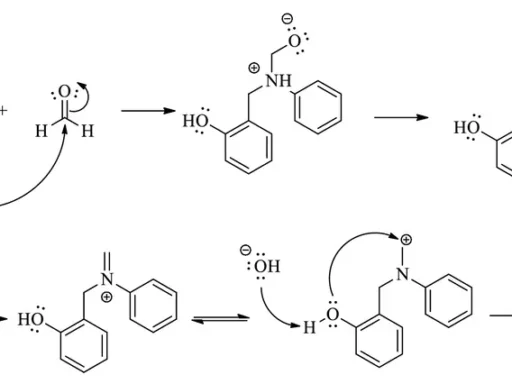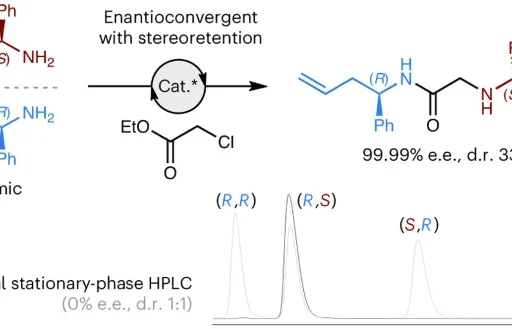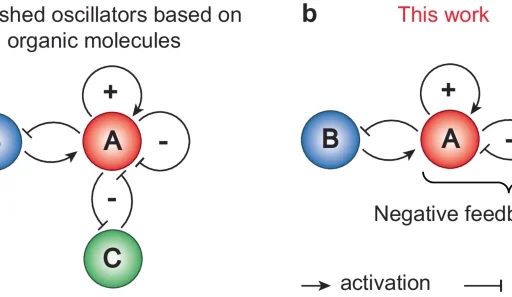Table of Contents
2D IR-Raman spectroscopy is an advanced analytical technique that provides exceptional insights into the tetrahedral structure of water molecules. This technology surpasses the constraints of conventional techniques by cleverly integrating the principles of infrared (IR) and Raman spectroscopy. It offers a thorough comprehension of water’s molecular organisation and dynamics.
An Overview of Two-Dimensional Infrared-Raman Spectroscopy:
Infrared and Raman spectroscopy are well-established instruments in a scientist’s repertoire, each providing distinct insights into molecular vibrations and rotations. Infrared spectroscopy examines molecular vibrations by quantifying the absorption of infrared light, whereas Raman spectroscopy analyses the same vibrations by studying the scattering of light. Two-dimensional IR-Raman spectroscopy combines these methods, providing a comprehensive understanding of molecular structures and dynamics. This approach reveals the mysterious tetrahedral structure of water molecules, providing valuable insights for several scientific pursuits.
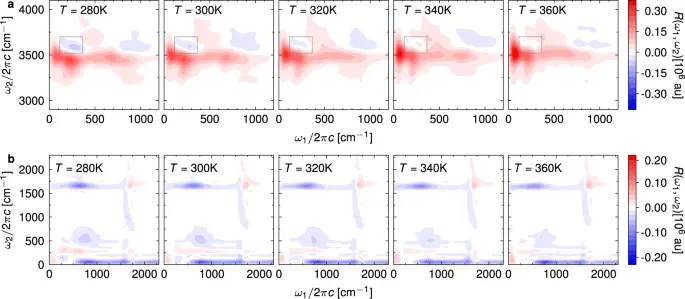
Principles of Two-Dimensional Infrared-Raman Spectroscopy:
The foundation of 2D IR-Raman spectroscopy is the coordinated interaction between laser pulses and molecule vibrations. Researchers produce molecular vibrations and analyse the resulting spectra by carefully controlling the timing of laser pulses. The resulting two-dimensional maps reveal the relationships between different vibrational modes, exposing the complexities of molecular connections and structural arrangements.
Analysing the Tetrahedral Structure of Water:
Because of its unique hydrogen-bonding structure, water takes on a tetrahedral shape, where each water molecule forms hydrogen bonds with four adjacent molecules. The unique arrangement of bonds in water is the foundation for its extraordinary characteristics, which have a significant impact on biological, chemical, and environmental processes. The investigation of water’s tetrahedral structure is therefore a crucial undertaking, shedding light on the fundamental nature of water and its numerous functions in the natural world.

Uses of Two-Dimensional Infrared-Raman Spectroscopy:
Various domains can apply 2D IR-Raman spectroscopy due to its high versatility. It provides exceptional insights into the behaviour of water and aquatic systems. This technique is used in a wide range of scientific endeavours, such as studying water’s behaviour in different contexts and understanding how hydration works in biomolecules. 2D IR-Raman spectroscopy enhances research in diverse domains such as biology, chemistry, and materials science by elucidating the molecular complexities of water.
Benefits of Two-Dimensional Infrared-Raman Spectroscopy:
The appeal of 2D IR-Raman spectroscopy stems from its exceptional sensitivity and resolution, which allow for the identification of even the most minor chemical alterations with unmatched accuracy. Furthermore, this method enables measurements to be taken directly at the location, providing an immediate understanding of molecular events in intricate systems. Equipped with these talents, scientists can decipher the enigmas of water and other chemical systems with unparalleled precision.
Constraints of Two-Dimensional Infrared-Raman Spectroscopy:
Although 2D IR-Raman spectroscopy has numerous advantages, it also faces various obstacles. Complex molecular systems require advanced analytical techniques and computational skills for accurate data interpretation. Furthermore, strict sample requirements and experimental conditions limit the technique’s usefulness. To overcome these challenges, it is essential to demonstrate resourcefulness and determination, which in turn promote the progress of 2D IR-Raman spectroscopy.
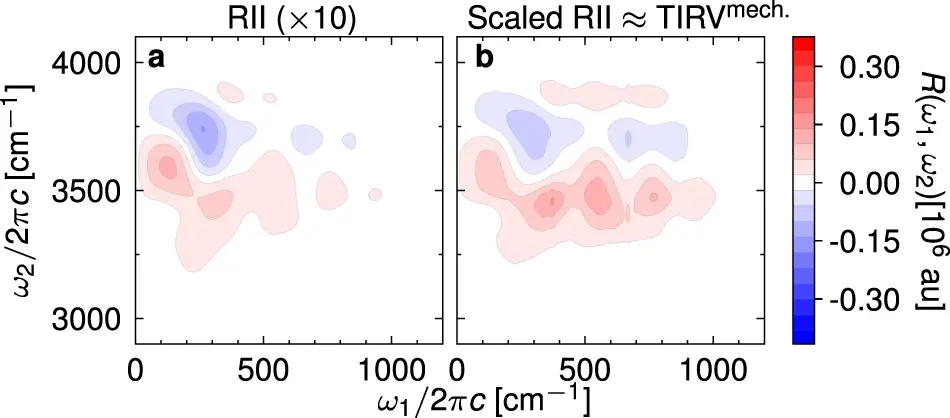
Current Research and Developments:
At the forefront of scientific investigation, experts are continuously striving to improve the functionalities of 2D IR-Raman spectroscopy. Recent developments encompass a wide range of efforts, including improving experimental techniques and pioneering computational methodologies. These efforts anticipate a promising future where 2D IR-Raman spectroscopy becomes an essential tool for understanding the intricacies of molecular systems.
In conclusion:
Two-dimensional infrared-Raman spectroscopy represents the highest level of analytical skill, providing an unparalleled understanding of water’s tetrahedral structure and more. This technology combines the principles of IR and Raman spectroscopy to study water, revealing its molecular details and understanding its essential qualities and various functions in nature. Equipped with this information, scientists set out on a quest for exploration, diving further into the enigmas of water and molecular systems.

Frequently Asked Questions:
1). What are the differences between two-dimensional infrared-Raman spectroscopy and standard IR and Raman spectroscopy?
Two-dimensional IR-Raman spectroscopy combines the ideas of both methods to give a full picture of the structures and motions of molecules, as well as the connections between their various vibrational modes.
2). What insights can we gain from studying the tetrahedral structure of water?
Comprehending the tetrahedral structure of water reveals its crucial involvement in various scientific pursuits, such as biology, chemistry, and environmental studies.
3). Are there any feasible industrial applications for two-dimensional infrared-Raman spectroscopy?
2D IR-Raman spectroscopy is utilised in various industries, including pharmaceuticals, materials research, and environmental monitoring, to provide valuable information about molecular structures and dynamics.
4). What are the primary obstacles encountered when conducting trials with this methodology?
Challenges encompass the need to interpret data for intricate molecular systems, along with strict sample criteria and experimental settings. This calls for the development of creative techniques to overcome these obstacles.
5). What strategies may researchers employ to address constraints in data interpretation for intricate molecular systems?
Scientists utilise sophisticated computer techniques, such as quantum mechanical simulations and machine learning algorithms, to analyse intricate spectroscopic data and uncover the fundamental chemical processes.
For more blogs, visit chemistry Master

